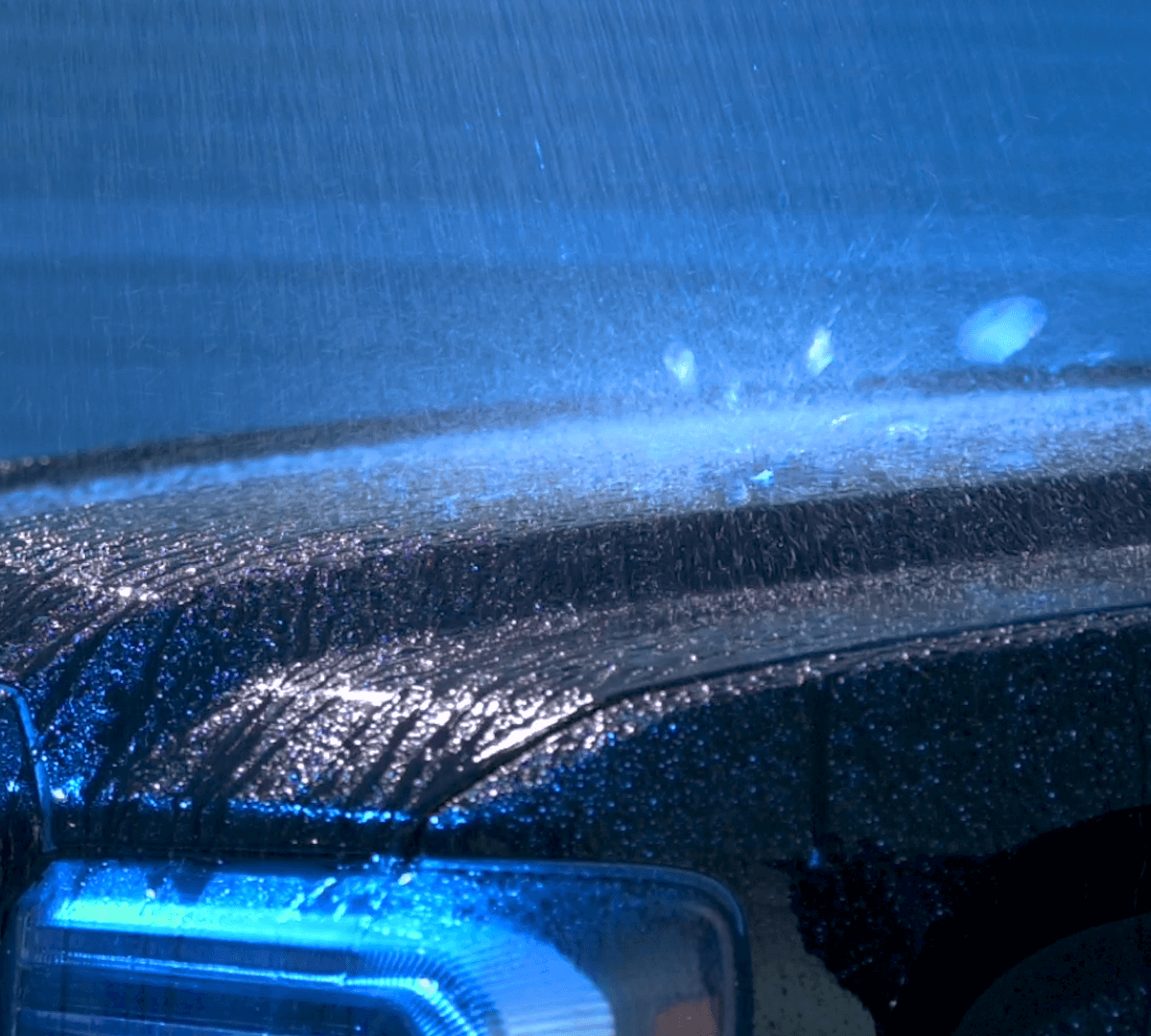Hail Facts
Hail is formed when strong updraft winds from a thunderstorm carry raindrops upwards to the upper levels of the atmosphere where it is extremely cold. The more time the updraft winds keep the hail supported in the upper levels of the atmosphere, the larger hail will grow in size.
Eventually, the resulting ice balls get too heavy and start raining down. One estimate from the National Weather Service is that a small hailstone, roughly 1/2 inch in diameter, falls at about 20 mph. While baseball-sized hail can reach speeds of 100 mph.
According to the National Weather Service, North Texas normally gets two to three hail storms per year. March through May are the months that see the highest frequency of hail, according to a study. However, some major outlying storms over the last several years have shown that hail storms do not tend to stick to a schedule. So, there really is not an accurate way to predict exactly when this storm season will start or end.
At BodyGuard, we have a highly trained team of professionals who are prepared to help you and your vehicle, in any type of weather.
Check out our list of inclement weather to be on the lookout for!
Tornadoes
Oh, Texas, you’re good at so many things and sadly tornadoes are one of them. The National Weather Service reports that Texas has the highest average annual number of tornadoes in the country. Even in an F1 category tornado, wind speeds can reach up to 112mph.
As with any storm, the most important thing is for you to be safe. On April 24, 2020, five people were killed in twisters that passed through Oklahoma and Texas. When inclement Texas weather hits, the last thing you need to worry about is covering your car to protect it from hail damage. This is a crucial time that you need to do what you need to do in order to stay safe. The damage to homes and cars is devastating, but the lives that were lost are the sincerest form of tragedy.
Thunderstorms
A thunderstorm is a storm with lightning and thunder that can include high winds, hail, and even tornadoes. These winds and heavy rain can knock things, trees, power lines, and send debris flying through the air.
These thunderstorms can bring hail the size of pennies to tennis balls to softballs. which is one of the most common sources of car dents. Always keep an eye on the weather, but never risk your personal safety for a car!
Hurricanes
With DFW being landlocked, we don’t have to worry about a direct hit from a hurricane. However, this doesn’t mean the DFW metroplex doesn’t deal with some of the aftermath of hurricanes. Towns and cities that are not even on the coast still experience high wind speeds and heavy rain.

